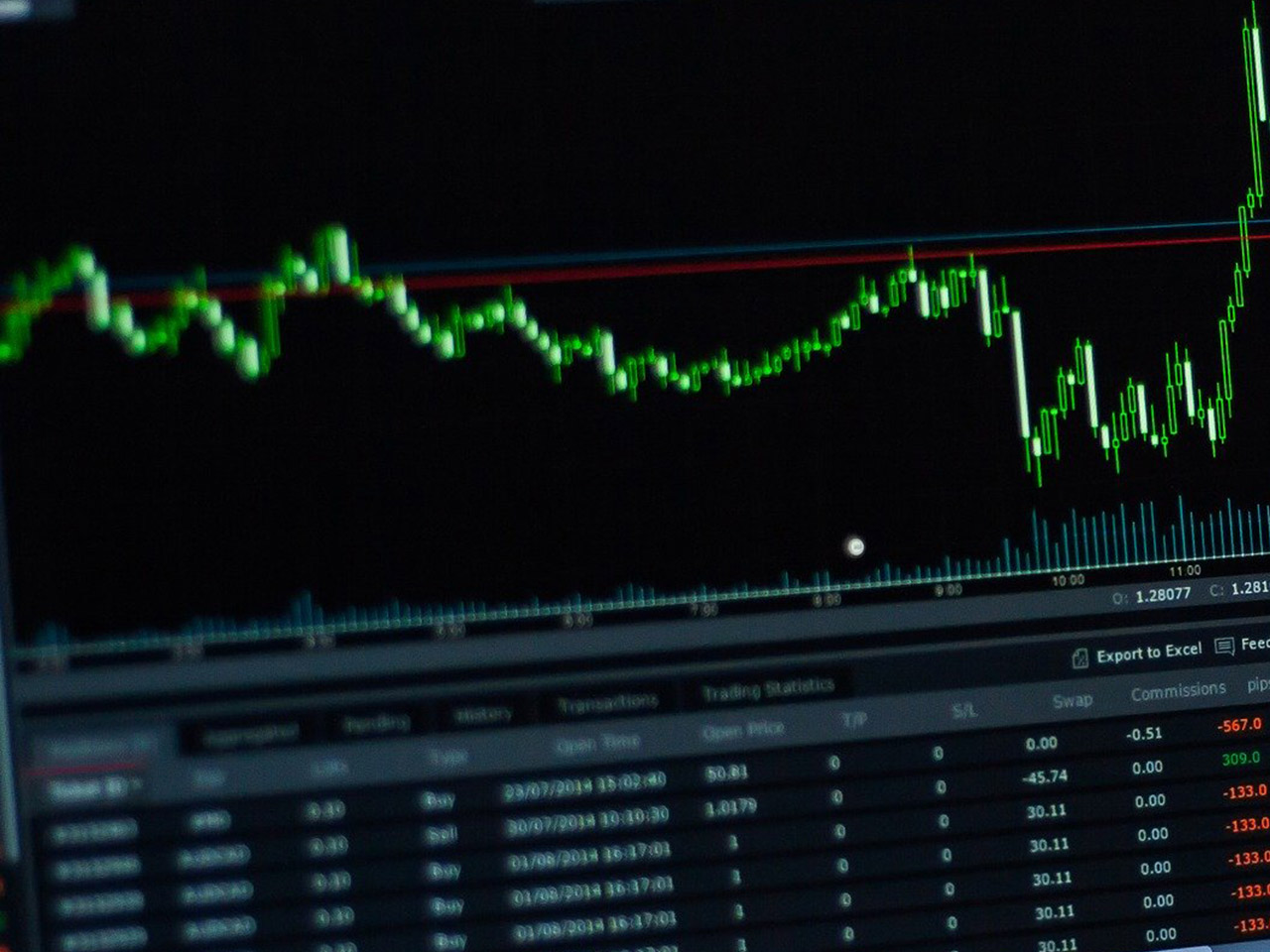Chevron Corporation (NYSE: CVX) stands as a formidable player in the energy sector, boasting a market capitalization of $309.76 billion. Despite a recent slight dip in its stock price by 0.01%, currently at $153.74, Chevron continues to be a compelling choice for investors, particularly those seeking generous dividends and potential stock appreciation.
Chevron’s extensive operations span both upstream and downstream activities, from exploration and production to refining and marketing. This integrated approach not only diversifies its revenue streams but also positions the company to leverage shifts in energy demand and price dynamics effectively. However, it’s important to note that Chevron has experienced a revenue contraction of 10.70%, a factor that merits attention when evaluating its growth trajectory.
A crucial aspect driving Chevron’s appeal is its robust dividend yield of 4.45%, underpinned by a payout ratio of 85.97%. For income-focused investors, Chevron’s dividends present a significant attraction, especially in an environment where fixed-income returns remain relatively low. However, the high payout ratio suggests that Chevron is returning a substantial portion of its earnings to shareholders, which might limit reinvestment opportunities for future growth.
Analysts provide a mixed yet cautiously optimistic outlook for Chevron. With 14 buy ratings against 10 hold and a single sell rating, the consensus leans positively. The stock’s average target price is $169.65, indicating a potential upside of 10.35% from its current level. This target suggests that Chevron has room to grow, potentially rewarding investors who are willing to ride out the volatility inherent in the energy sector.
From a valuation perspective, Chevron’s Forward P/E ratio stands at 16.85. While this figure offers a glimpse into market expectations of Chevron’s earnings, the absence of other valuation metrics such as trailing P/E and PEG ratios limits a comprehensive assessment. Investors might find this lack of data a point of concern, especially when comparing Chevron to its peers.
Chevron’s technical indicators provide mixed signals. The stock is trading below its 50-day moving average of $156.01, yet above its 200-day moving average of $150.58. The Relative Strength Index (RSI) at 45.78 suggests a neutral momentum, while the MACD and signal line indicate potential bearish trends. These indicators hint at a cautious sentiment in the market, with the possibility of short-term price corrections.
As Chevron navigates challenges such as fluctuating oil prices and evolving regulatory landscapes, its strategic investments in carbon capture and renewable fuels reflect a commitment to adapting to the energy transition. These initiatives could position Chevron favorably in a future where sustainability becomes increasingly paramount.
For individual investors, Chevron offers a blend of income and growth potential. The stock’s attractive dividend, coupled with a moderate upside, makes it a viable option for those seeking stability and gradual capital appreciation. However, investors should remain vigilant of the broader economic factors that could impact the energy sector and by extension, Chevron’s performance. As always, a diversified portfolio approach remains prudent when investing in the ever-dynamic energy market.






































